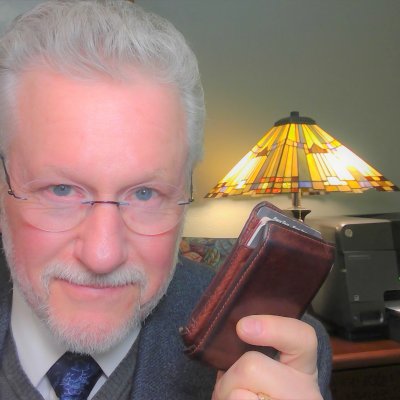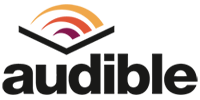Let’s talk about the cash inside your life insurance policy. Not in your wallet, but in your policy.
A whole life insurance policy has two elements when it comes to the cash value, the equity inside the policy. The first is the guaranteed cash value, and based on insurance law, and IRS regulations as of the recording of this podcast on this date, is the cash value will equal the death benefit of a whole life policy at age 121. Whether you take the policy out at age 0, 30, 60, 80, the guaranteed cash value will equal the death benefit at age 121. If you own a $1 Million whole life insurance policy at age 121, the guaranteed cash will be $1 Million. That’s the guaranteed part.
Then, there is the non-guaranteed part, and we are so thankful that it is not guaranteed because during good times, we are rewarded through dividends. Dividends are placed into a participating whole life insurance policy based on three assumptions.
- Mortality – The less people that die based on the figures of that particular insurance company, there is more money left over at the end of the year. So, think of it as a refund. Thank you so much for not dying this year, could you please do it next year as well? And that comes into play as far as money left over that you have a divisible share with all of the other policy holders of the insurance company.
- Administration Cost – Because of the computerization, and technology that exists today, many insurance companies have seen administration costs decrease time and time again. As those decreases are experienced by the insurance company, there is more money to be shared among all of the policy holders. That’s the second part of the dividend payment that could be payable upon your whole life insurance policy.
- Investment experience of the entire portfolio of the insurance companies – how did it perform? If there is more money than what was needed to keep the guaranteed values going up inside your policy, those additional resources, that excess is paid out to the policy owners of that company.
We can receive the dividends in a couple different fashions.
- Cash - We can receive it in cash, which I would tell a person not to take in cash because the whole idea is for us to be able to accumulate and use these resources later on. In fact, often times, I will say a whole life insurance policy is your best last asset, because when you need cash, either because of an emergency or opportunity, we want that money to be there. It’s also great to be there in the end of our lives for estate planning purposes, or in the event that some of our other planning has gone awry. It’s nice to know that we have cash readily available. It is one thing that we could do; we could receive the dividend in cash.
- We could have that dividend set aside to be able to reduce, or in later years possibly eliminate the need for making a premium payment out of pocket. So, we just reallocate that the dividend that is being paid will go against the annual premium that might come due.
- We could have the dividend sit inside the policy with interest. Here’s something that is interesting: in the vast majority of cases, dividends will be income tax free, but if the dividend stays within the policy with interest, you would receive a 1099 form at the end of the year. You would pay taxes on that interest, and if you know me well, you know that I do not wish to pay undue taxes, so I like to go with option number 4. These are the generic options that are available with most whole life insurance policies.
- Use the dividend to purchase additional paid-up insurance. I know what most people are thinking – Mark, I don’t want any additional insurance. Stay with me for a moment. I take the dividend and purchase additional, above and beyond, my life insurance literally increases its death benefit, so I’m buying additional paid-up. I never have to pay for it again. I own the additional insurance. So, I have paid-up additional insurance. I have never lost the value, the dollar amount, the equity of this insurance. I am just making these numbers up just to show how this works. Let’s pretend that you have a $1,000 annual dividend that will be paid based on a person’s age, gender; let’s say that the amount of insurance that might have accumulated for that $1,000 might be $1,500. At any point in the future if a person decides I would like to liquidate that additional $1,500 worth of insurance, you’ll get your $1,000. But again, a person might be thinking I just don’t want my $1,000 just to be sitting there doing absolutely nothing. Here’s the important part – the additional paid-up insurance also has the opportunity to get future dividends payable. It’s like getting interest on top of your interest, but without a 1099 form and without any taxes due. So, what happens is that the dividend, which is not guaranteed, all of the sudden becomes guaranteed once it has been paid into your policy. It can continue to increase your death benefit, so with inflation and everything else, the value can continue to go up, and the equity is still there earning its own dividends as well. And that’s why I love the guaranteed value inside a whole life insurance policy, and I love to be able to share in the profits of the whole life insurance company that I am working with.



